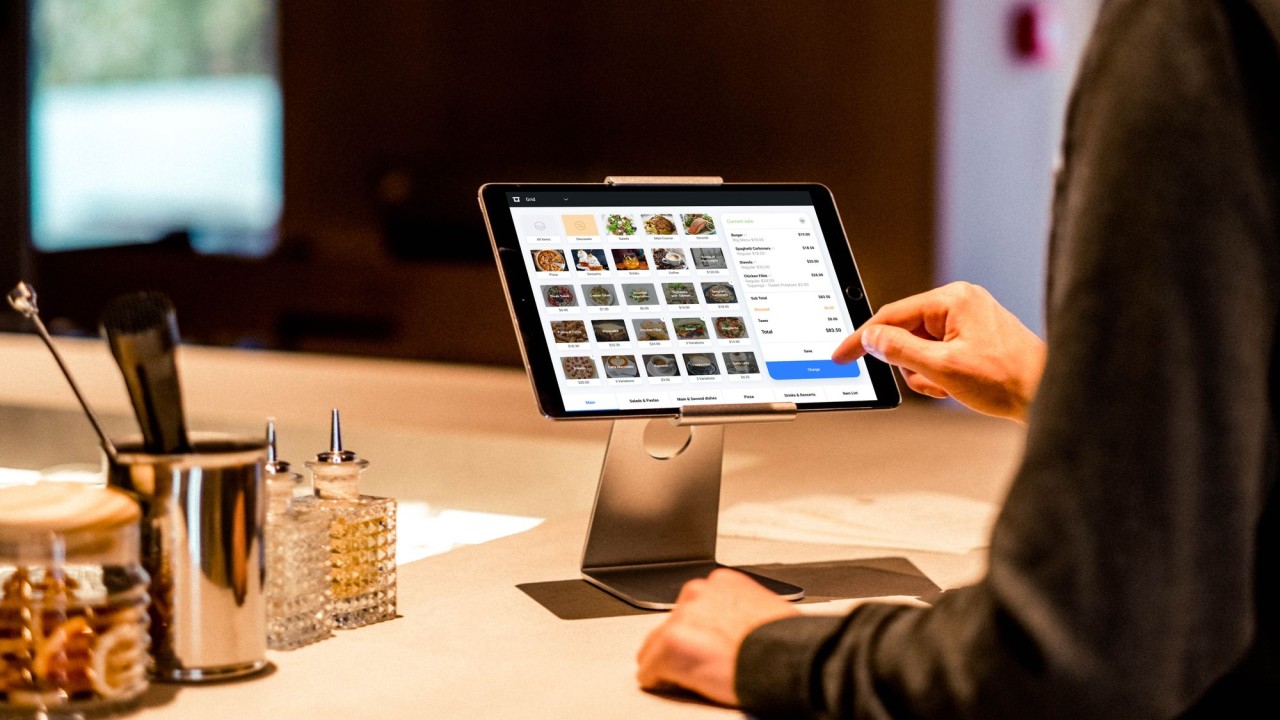In today’s fast-paced restaurant industry, having an efficient Point of Sale (POS) system is crucial for success. For restaurants in the Philippines, a well-integrated POS system not only streamlines sales transactions but also enhances customer service and optimizes overall operations. As the restaurant landscape evolves, choosing the right POS system for restaurants can significantly impact profitability and customer satisfaction.
What is a POS System?
A POS system is a combination of hardware and software that enables restaurants to process sales transactions and manage operations effectively. It acts as the central hub for order processing, payment handling, inventory management, and customer relationship management. By adopting a modern restaurant POS solution, establishments can automate various functions, making operations smoother and more efficient.
Benefits of Using a POS System for Restaurants
Improved Efficiency: A robust POS system for restaurant Philippines dramatically improves operational efficiency. It allows staff to process orders quickly, reducing wait times for customers. With features like table management and split billing, servers can focus on providing exceptional service rather than manual calculations and paperwork. A well-implemented order management system contributes to a seamless dining experience, encouraging repeat visits.
Enhanced Customer Experience: In an industry where customer satisfaction is paramount, a POS system allows for personalized service. With the ability to customize orders and manage special requests, restaurants can cater to individual preferences effectively. Additionally, implementing restaurant loyalty programs through the POS system can incentivize repeat business and foster customer loyalty, ensuring a steady stream of patrons.
Inventory Management: Managing inventory effectively is crucial for restaurants to minimize waste and control costs. A modern POS system provides real-time inventory tracking, allowing restaurant owners to monitor stock levels and set alerts for low inventory. By optimizing restaurant inventory control, businesses can reduce food waste and ensure they always have the ingredients needed for their menus.
Key Features to Look for in a Restaurant POS System
Sales Processing: Efficient sales processing is the cornerstone of any successful POS system. Look for features that facilitate quick transaction handling and support multiple payment methods, including credit cards, mobile payments, and cash. The ability to generate receipts and invoices seamlessly adds to the overall customer experience.
Product Catalog Management: A centralized product catalog is vital for restaurants, enabling easy management of the menu. Choose a POS system that allows for quick updates to pricing and product descriptions. An effective menu management feature helps staff navigate the offerings easily and ensures accurate order processing.
Reporting and Analytics: To make informed business decisions, restaurants need insights into their performance. A good POS system provides detailed sales reports, customer insights, and performance metrics. These analytics can help identify trends, allowing restaurant owners to adjust strategies and improve profitability.
Customer Management: A powerful POS system should also include robust customer management features. This includes the ability to track customer preferences, manage loyalty programs, and maintain customer profiles. Understanding your patrons can lead to better service and enhanced marketing strategies.
Top POS Systems for Restaurants in the Philippines
Several POS systems cater specifically to the needs of restaurants in the Philippines. Here are some popular options:
- Square: Known for its user-friendly interface and flexibility, Square offers a range of features that suit small to medium-sized restaurants. It supports various payment methods and includes robust reporting tools.
- Toast: A comprehensive restaurant management solution, Toast provides excellent customer service features and seamless integration with delivery services. It’s ideal for both dine-in and takeout establishments.
- Vend: While primarily a retail POS, Vend offers features that can be beneficial for restaurants, especially for managing inventory and sales data.
- Dynamics 365 POS: This system integrates seamlessly with other Microsoft solutions and offers extensive functionalities tailored to the restaurant industry.
When selecting a POS system, consider factors like pricing, features, and customer support to ensure it meets your specific needs.
Implementation Considerations
Implementing a POS system is a significant step for any restaurant. Here are a few tips to ensure a smooth transition:
- Choose the Right System: Evaluate various options and select a POS system that aligns with your operational needs.
- Integration: Ensure that the POS system can integrate with existing software (e.g., accounting, delivery services) for seamless operations.
- Staff Training: Invest time in training staff to use the system effectively. A user-friendly interface will enhance the adoption process and minimize errors.
Takeaway
A reliable POS system is essential for restaurants looking to enhance efficiency, improve customer experiences, and boost profitability in the competitive landscape of the Philippines. Investing in a suitable POS system can provide the tools necessary to thrive in today’s market.











